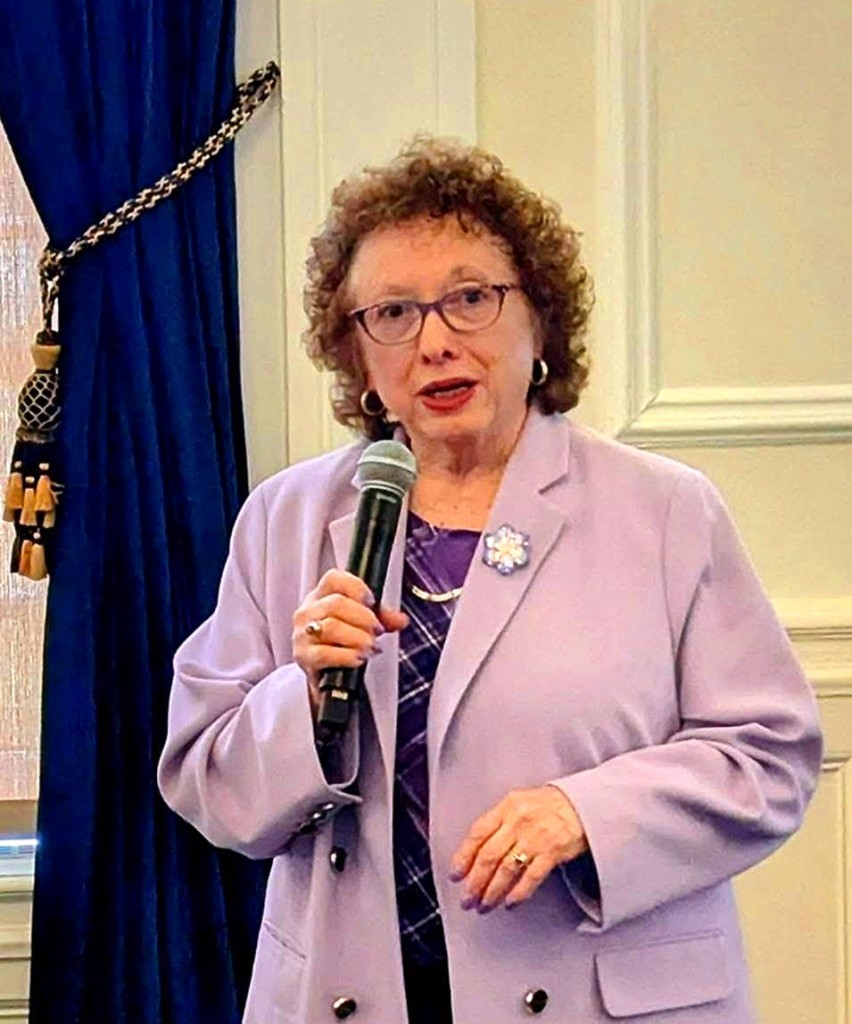Thirty years ago, I started Bender Consulting Services, Inc., on the premise that people with disabilities were a talent pool worth investing in. As an entrepreneur with, at the time, over a decade of talent acquisition experience, I knew what type of people made excellent employees. I had built my career on understanding that when the rubber met the road, the workplace needed to invest in talent that not only had the qualifications, but the qualities that would have a positive impact on the bottom line.
Prior to officially opening the doors at Bender, I had performed pro bono work with people with disabilities in the tech industry, my area of expertise at my executive search firm, Bender and Associates. I knew firsthand, the drive, dedication, and tenacity to be found in the Disability Community, my community. This was a talent pool that the tech industry could not afford to overlook. There were more jobs than there were qualified people to fill them, yet this group of people were being overlooked and left out because of attitudinal barriers.
Starting Bender was never just about doing the right thing, although I fully believe hiring based on merit and potential and not outdated and biased thinking is the right thing to do. No, I knew businesses did not act without there being a need to do so – the problem was nobody was looking at people with disabilities as a workforce solution.
At the time, the jobs being offered to the Disability Community were mostly menial. I interviewed people with bachelor’s and master’s degrees in fields where there was a terrific gap of talent, but they were advised to apply for jobs making brooms. What a waste of America’s resources! I was the first person to focus solely on jobs that allowed people with disabilities to earn a competitive wage. That was how our motto, Competitive Jobs Mean Freedom, came to be.
At the time, the Americans with Disabilities Act (ADA) was so new that employers had no strategy for compliance – they had never really hired people with disabilities and saw only barriers. It wasn’t like it is today – now, there are studies out there showing the impact of people with disabilities as employees. There was no data to support my assertion that people with disabilities were a valuable part of the talent pool – only my belief based on years of talent sourcing.
I had to build and sell the business case on my own. Not only did I have to provide quality recruitment services; I had to convince employers that they needed talent from my community and that they should pay for it. Nothing like Bender had ever existed before. There was no example to follow.
People would ask me, when I started Bender, “What kind of jobs can they do? I mean, budgets are tight, we need people who can do the job.” I had to explain that people with disabilities wanted Paychecks, Not Pity. I had to explain that, no, my company wasn’t a nonprofit. “Wouldn’t it be easier if it was?” I would have to explain that Bender was a for-profit company because people with disabilities want to earn a wage, just like any other person with the skills and education to compete in the job market. Then employers would ask me, “What will I do if the person can’t do the job?” My answer was always the same, “What would you normally do if an employee wasn’t performing?”
Now, thirty years later, the landscape has changed. Studies have emerged that demonstrate the principle I founded my company on – hiring people with disabilities is a business solution. Back then it hadn’t been proven yet that hiring people with disabilities would make a company more profitable, more productive, and more innovative. There were no employers championing the engagement of people with disabilities. Today, the value is better understood. Investors and consumers want to know if hiring people with disabilities is a part of a company’s business strategy. So much has changed.
It has been one of my greatest achievements to know that I am a part of the historical journey of making the business case for hiring people with disabilities. My company’s 90% success rate is not only a testament to the quality of my business, but a part of advancing disability talent investment nationally.
Looking forward, I give you this promise – to continue to recruit quality talent for your organization from the Disability community and to continue to provide services that support that journey. Hiring one person with a disability is all it takes. That one step will change everything. How do I know this? Well, in 30 years, nearly 100% of employers I have sourced candidates for have come back and hired a second person with a disability. Not because of charity, not because of pity, but because they want the best talent working at their organization. The companies realized that talent should be the only discriminator.
